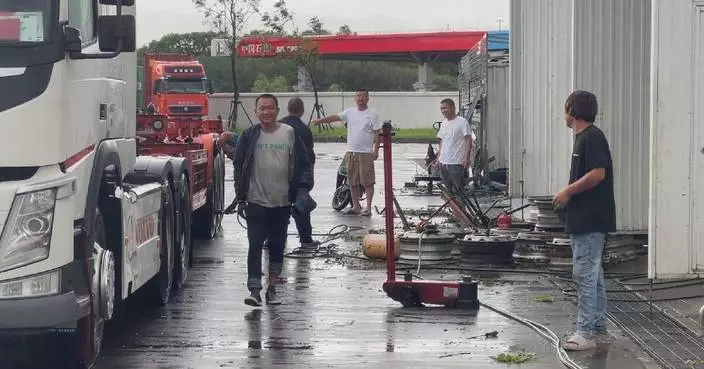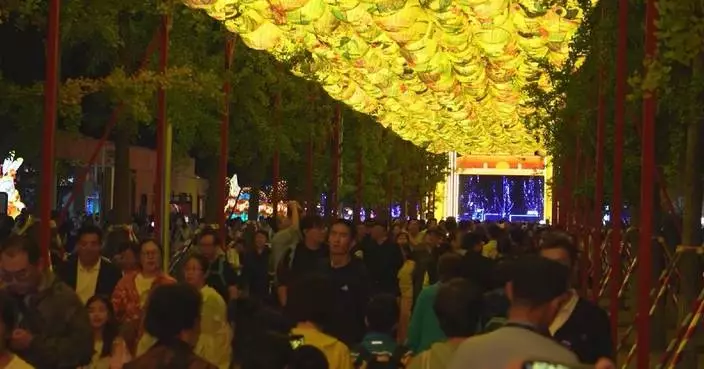The Dutch government's expansion of export controls on lithography machines to China following pressure from the United States is counterproductive in the long run, said a Dutch professor in an interview with China Central Television (CCTV) on Sunday.
The Dutch government plans to further limit exports from semiconductor maker ASML to China by not renewing existing export licenses.
Henk Overbeek, professor at Vrije Universiteit Amsterdam, said that the pressure put by the United States on the Netherlands is the main factor of the export controls.
"The policy is to implement the orders of the United States. It's the U.S. that has imposed export restrictions for ASML and what the Dutch government does, because it's too weak to resist it, even if they want to resist it, is to simply adopt, transpose into Dutch legislation, the export restrictions that have been dictated by the United States," said Overbeek.
Overbeek believes that the motivation of the United States to hinder China's progress in the high-tech field is the main reason for its pressure on the Netherlands to expand the scope of export controls on lithography machines.
"The broader motivation is to try and hold back the advance of the Chinese economy, of the Chinese companies and the development of advanced technology, more generally speaking. It strikes me that the new CEO for ASML has also explicitly said this. He said that these restrictions are economically motivated, they're not motivated primarily from a security perspective, but they're economically motivated. The motivation is to try and slow down China's progress in advanced technology areas," said the professor.
Overbeek emphasized that the move by the United States will not curb the rapid development of China's high-tech industry in the long run, but will only push the Chinese enterprises to make breakthroughs, and ultimately hurt the interests of Western enterprises.
In the long run, I think that this strategy is counterproductive because in the end it will only accelerate the ability of Chinese companies to develop their own capability to produce the most advanced chips and that development is actually going very fast. So I think it's a self-defeating western and American, European strategy to try and slow down the Chinese advance. That will work in the short run because obviously it will take some time for Chinese companies to develop an alternative to the machines. But the longer-term effect is that the Chinese will be less dependent on western technology than before," he said.

US ploy to contain China through Dutch export controls counterproductive: scholar









